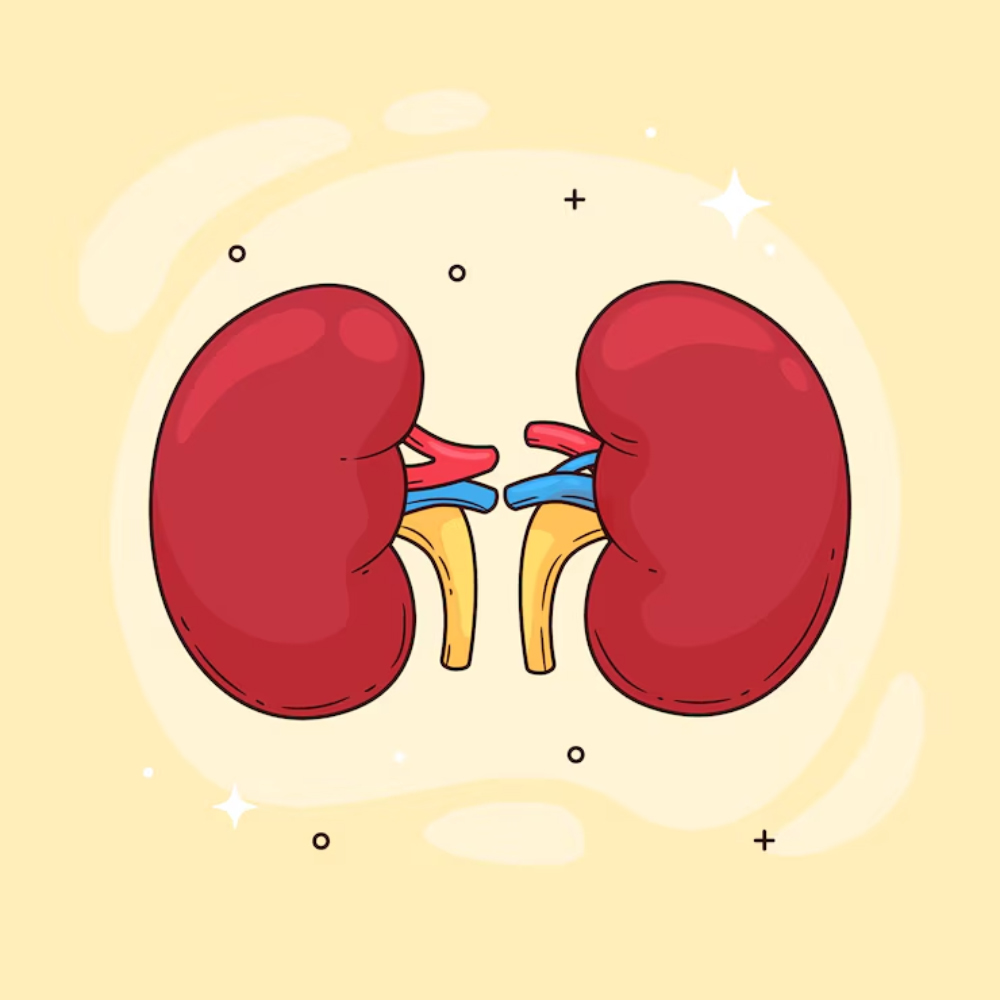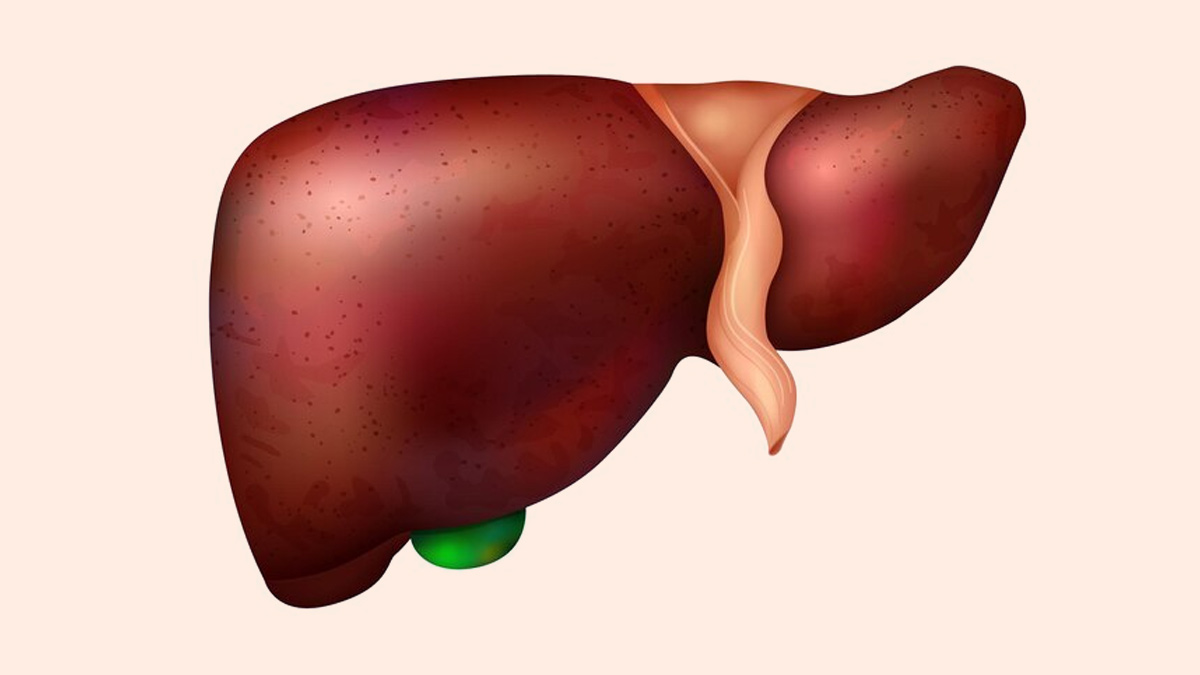
Organ donation is a life-saving procedure that can dramatically improve the quality of life for those suffering from organ failure. While many people associate organ donation with deceased individuals, live organ donation is also possible, offering another avenue for life-saving transplants. But what organs can you donate while alive, and what are the risks involved?
According to Dr Atul Ingale, Consultant Nephrologist and Transplant Physician, Fortis Hiranandani Hospital,Mumbai "Transplantation is a surgical procedure in which an organ, tissue, or group of cells are removed from one person, the donor, and transplanted into another person, the recipient. Transfer of an organ within genetically non-identical individuals of the same species is known as an allograft transplant."
Live transplants occur when the donor is alive and willing to donate a part of their organ to a recipient. The two most common organs that can be donated by a living person are the kidney and liver, although other organs like a lung lobe or intestine can also be donated in certain circumstances.
Kidney Donation

The most common live organ donation is the kidney. Humans have two kidneys, and it is possible for one to be removed without compromising the donor's health significantly. Dr Ingale explains, "As individuals have two kidneys, one can be donated, and the body’s functioning will not be disrupted." Kidney donation is a relatively low-risk procedure for the donor, although it requires careful monitoring afterwards to ensure the donor's health remains optimal. After donation, the remaining kidney compensates for the lost organ, and donors usually live normal, healthy lives.
Also read: New Study Confirms Kidney Transplants Between People with HIV Are Safe and Effective
Liver Donation

Another common organ donation from a living person is the liver. The liver is unique in that it has the ability to regenerate itself, both in the donor and the recipient. Dr Ingale states, "The liver is an organ that can regenerate with time in both the donor and the recipient and thus a part of it can be safely donated." While liver donation is a major surgical procedure, the liver grows back to its full size within a few months after donation, and donors typically experience a full recovery. However, this procedure carries greater risks than kidney donation due to the complexity of the surgery.
Lung and Intestinal Donation

Less common than kidney and liver donations are lung and intestinal transplants. A lobe of a lung or a portion of the intestine can be donated by a living person, although these donations are rarer due to the complexity involved. Dr Ingale explains that "donation of organs like the kidneys, liver, lung lobe, and intestine can be transplanted from the cadaveric donor provided they are medically fit and healthy." Live lung and intestine donations are typically performed in cases of urgent need, where the recipient’s survival depends on these specific organ transplants.
Also read: Expert Explains Impact Of Organ Donation On Mental Health
Risks and Considerations
While live organ donation can save lives, it is not without its risks. Dr Ingale notes that "live donation carries some risks, but that can be managed with proper medical supervision." Potential complications include infections, bleeding, or adverse reactions to anaesthesia. Furthermore, living donors must take special care of their health post-donation, as there are risks of developing conditions such as hypertension or diabetes in the future. The health of the donor is thoroughly assessed before any procedure to ensure they are physically capable of undergoing the transplant without major health risks.
Additionally, donors must be in good general health, with a healthy body mass index and no underlying medical conditions that might interfere with the donation process. Dr Ingale highlights, "Donors have to take special care of their health so that they do not develop co-morbidities like hypertension, diabetes, etc."
Conclusion
Live organ donation is a remarkable act of kindness that can transform lives. Kidney and liver donations are the most common, but with advancements in medical science, donations of lung lobes and parts of the intestine are also possible. Although live donation carries risks, careful medical management and monitoring can ensure a successful procedure and a healthy recovery for the donor. If you're considering organ donation, it's crucial to consult with medical professionals to understand the risks, benefits, and eligibility requirements, ensuring that both the donor and recipient have the best possible outcomes.
Also watch this video
How we keep this article up to date:
We work with experts and keep a close eye on the latest in health and wellness. Whenever there is a new research or helpful information, we update our articles with accurate and useful advice.
Current Version